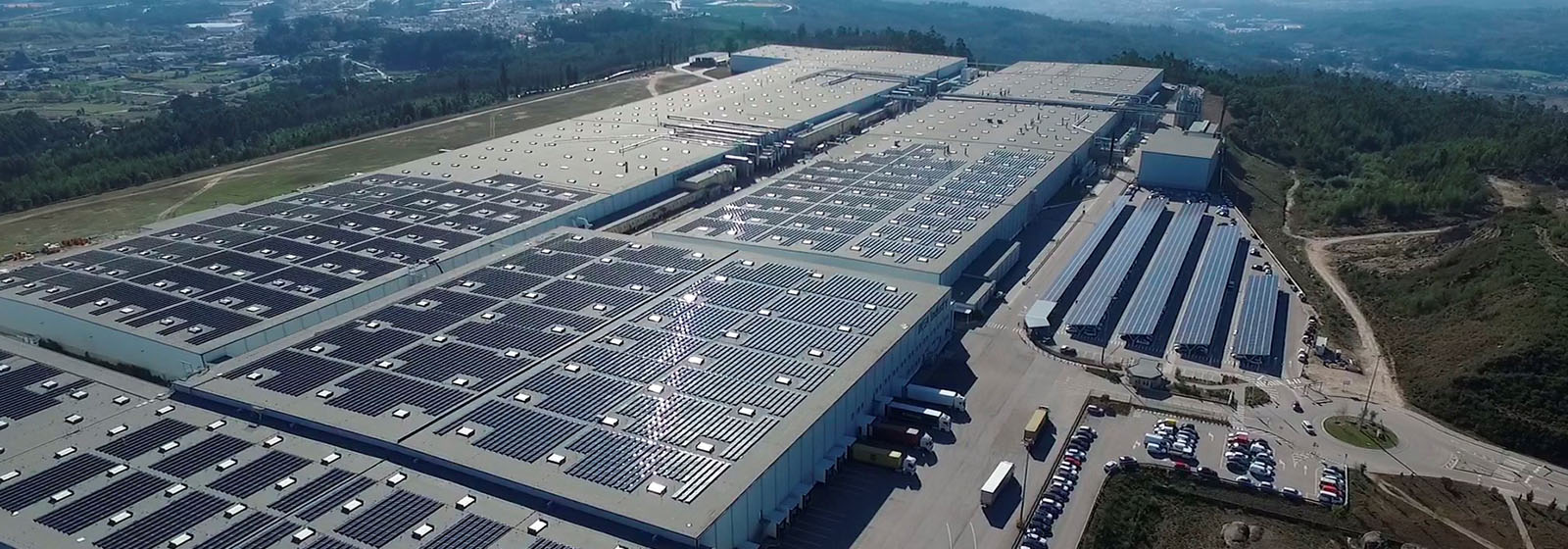IKEA assembles plan to be carbon negative by 2030
- From
-
Published on
16.01.19
- Impact Area

By keeping its design high, prices low, service quick and ice cream fresh at the ends of its labyrinthian warehouses, IKEA has become the world’s largest furniture retailer by creating positive shopping experiences for homemakers worldwide.
Yet to ensure its longevity, IKEA has been increasing its investment in a different relationship – one with the planet. Having revamped its 2012-launched People & Planet Positive sustainability strategy last June, the company, which had EUR 34.1 billion in 2017 sales, is no longer content achieving net-zero carbon emissions. By 2030, IKEA aims to have its operations actually reduce the amount of greenhouse gas emissions in the atmosphere as well as inspire 1 billion people to live more sustainable lives at home by making climate-positive furnishings an easy requisite rather than a luxury (despite those linen sheets suggesting otherwise).
Landscape News spoke with Inter IKEA Group‘s head of climate Andreas Ahrens on the company’s changing business model that will take it to these goals. Read the full interview on Landscape News.
Related news
-

Integrating Climate Security into the Future of UN Peacekeeping in Africa
Ibukun Taiwo30.06.25-
Climate adaptation & mitigation
Explicit mentions of climate security have been removed or weakened in recent UN mandates. For…
Read more -
-

Harnessing digital tools in securing soil health for Africa’s food future
Sehlule Muzata27.06.25-
Climate adaptation & mitigation
-
Environmental health
-
Nutrition, health & food security
-
Poverty reduction, livelihoods & jobs
Nairobi, 27 June 2025 (IITA) - As it marks its first anniversary, the Regional Hub…
Read more -
-

Driving Rwanda’s Agricultural Sector Climate Resilience Through Innovative Business
The Alliance of Bioversity International and the International Center for Tropical Agriculture (CIAT)27.06.25-
Climate adaptation & mitigation
Rwanda’s agriculture is integral to its economy, and its reliance on rain-fed farming systems make…
Read more -
